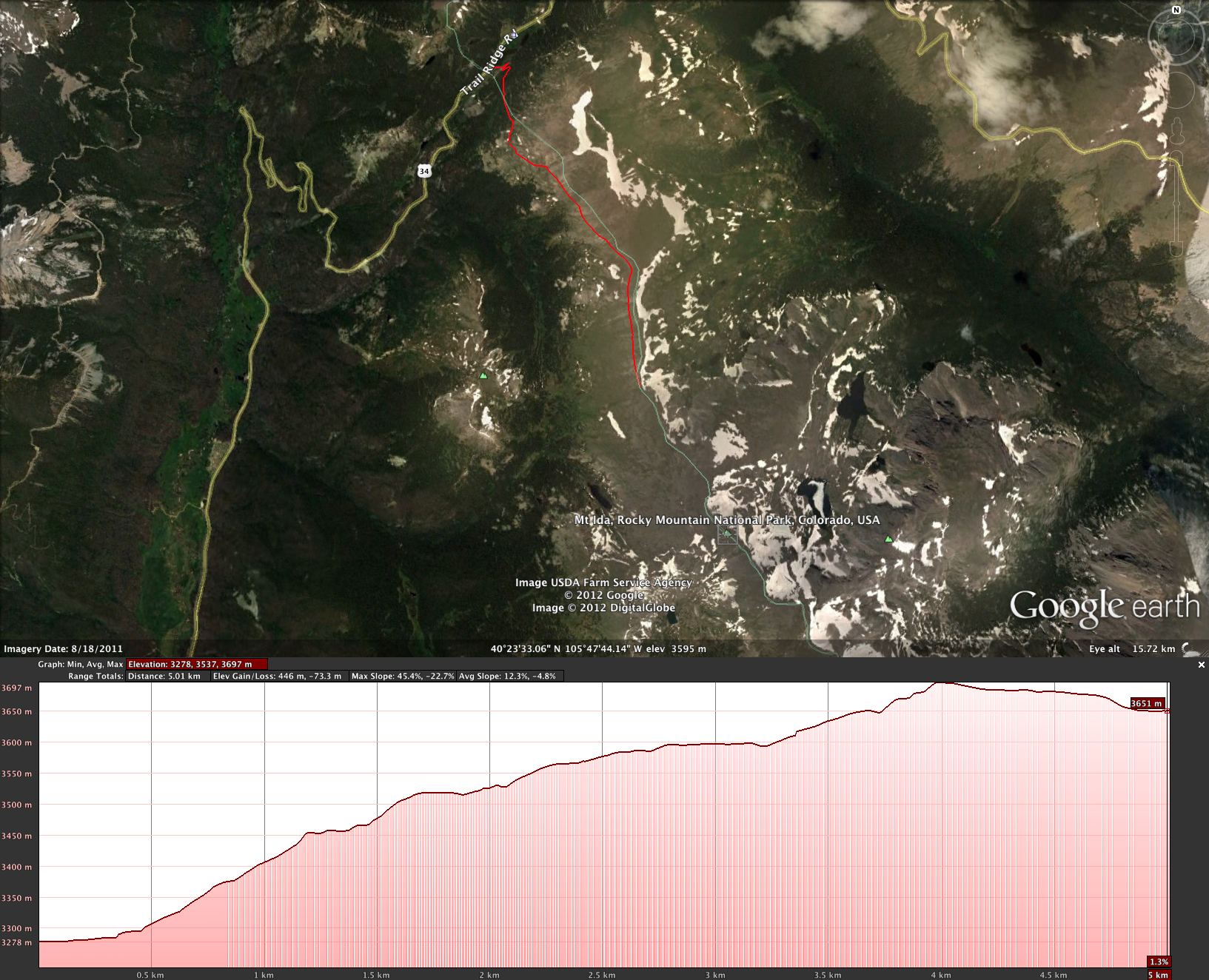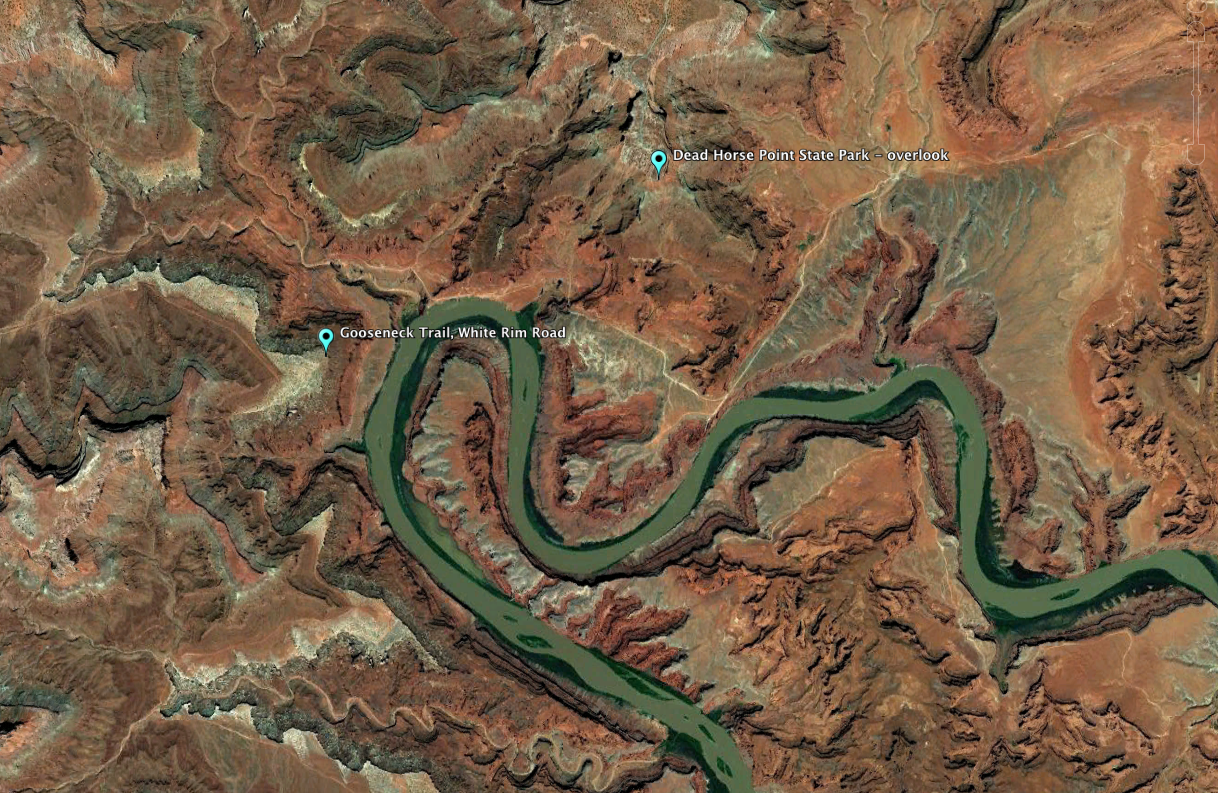I added a section to this site that contains some of the panoramas I have shot, mostly multiple images stitched together, but a few single frames that just have a panoramic view. There's a pretty even mix between urban views - Tokyo, Shanghai, Hong Kong and more - and more natural landscapes - The Rockies, Mt. Fuji, temples, train stations, etc.
Just click on either of the images or captions above to be taken to the full collection.























![Saturn, the star Spica, and Mars form a nice triangle in the sky left of center, just after sundown. [Might be difficult to see in this image due to image size and monitor resolution.]](https://images.squarespace-cdn.com/content/v1/5005dbf284aebe9f4d09d4f5/1344484368003-B17R4ERHWYJGIF2HF2P4/1232-_P2A-0093.jpg)




